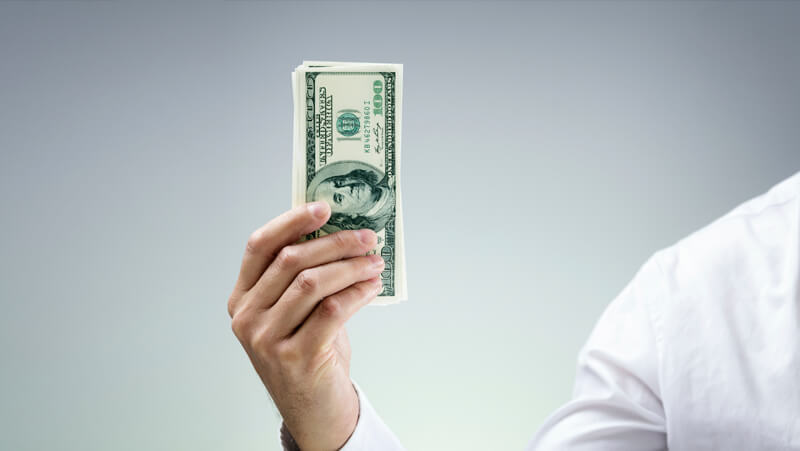As banks become more generous with lending, many consumers are faced with more opportunities to get credit. But not all debt is bad, especially if it’s incurred for items and services you need and can afford. But before you rack up more debt, you’ll need to determine when to borrow and when not to borrow. Below are a few tips:
When To Use Cash
Using cash is the safest way to stay out of debt and stay in the black financially. But how do you determine if something should be a cash purchase? Below are a few general guidelines:
- It’s small purchase that’s under $100. There’s no point in racking up debt on small purchases that you can easily buy with cash.
- Groceries and household items. It doesn’t make sense to buy your ramen noodles at 20% APR. After all what’s the point of getting those deliciously cheap and convenience snacks at 10 times their price (because you’ll pay exactly that if you rack up any interest on the purchase).
- You don’t have the cash right now. As a general rule, you shouldn’t charge anything to your credit card unless you have the cash to pay it back already in your bank account. If you don’t, it’s probably best that you save the cash first.
When to Charge It
There are some instances when paying with a credit card is not only convenient but it’s also necessary.
- Emergencies. If your fridge just went out or your stove no longer works, you’ll need to replace it right away. In this case, it’s wise to use a credit card or in-store financing, depending on which is cheaper.
- Large purchases. Buying a home is an obvious instance when using credit is the most feasible choice. Since most people can’t afford to pay cash for a six-figure home, taking out a loan is often the only choice. Fortunately, mortgage rates are significantly cheaper than credit card interest.
- Buying a vehicle. Purchasing a car is another instance when taking out a loan is a good choice in most cases. However, there are some circumstances when a loan doesn’t make much sense, such as buying a used car that is only a few thousand dollars. When you’re purchasing a vehicle that’s only a few thousand dollars, it may be wiser to save your money and pay for it with cash. Taking out a high interest loan on a vehicle that’s only a few thousand dollars may end up being quite expensive.
When Borrowing Makes Money
There are situations when borrowing money can actually make you more money in the long run.
- Financing a business. If you’re starting a business, it might be wise to take out a loan so you can cover the cost of overhead and inventory until you’re able to make a profit. If you’re successful, your business revenue will enable you to repay the loan and build your credit at the same time.
- Investment properties. Another situation where borrowing can improve your finances is when you’re investing in an investment property. For example, if you’re purchasing a rental apartment, once you get tenants, their rent payments will cover the cost of your mortgage.
Ultimately, when deciding if to borrow or not to borrow, you’ll need to determine if the purchase makes sense and if you can afford it.



